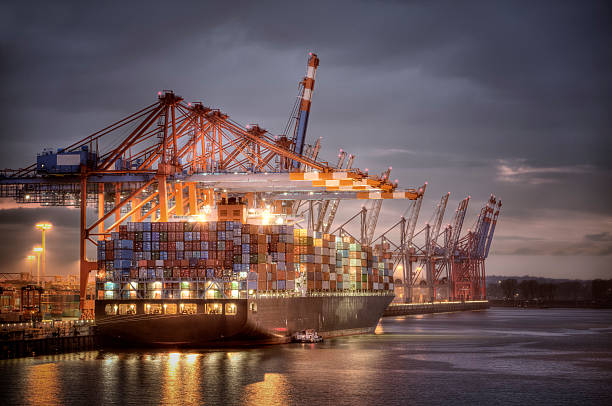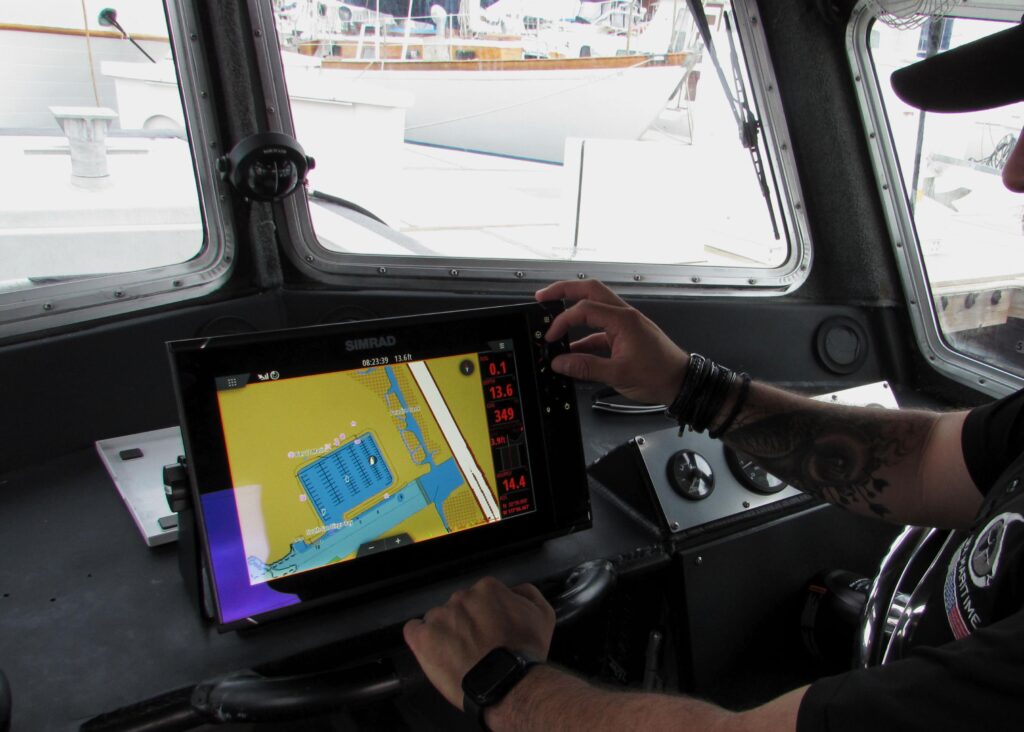
In today’s dynamic defense environment, the readiness and effectiveness of military personnel are crucial. Six MTop Seven Trends in Maritime Security for 2025
The maritime industry stands at the crossroads of tradition and innovation. As we move into 2025, new challenges and opportunities are shaping the landscape of maritime security. From advancing technologies to evolving regulatory standards, here are the key trends that will define the field this year.
1. Emergence of Advanced Surveillance and Detection Technologies
Technology continues to redefine maritime security, with new tools providing enhanced situational awareness and threat detection. Expect wider adoption of systems like:
- Thermal and Night Vision Cameras: Enabling round-the-clock vigilance in challenging environments.
- Side Scan Sonar: Offering unparalleled detection of underwater threats such as divers or potential hazards near vessels.
- AI-Driven Analytics: Streamlining real-time decision-making with intelligent threat detection and analysis.
These advancements allow for early identification of risks, reducing response times and improving overall security outcomes. However, the growing accessibility and rapid development of unmanned technologies introduce new vulnerabilities, especially below the waterline. Autonomous underwater vehicles (AUVs) and remotely operated vehicles (ROVs) are becoming increasingly accessible to malicious actors. These tools can potentially be weaponized or used for espionage, emphasizing the importance of robust underwater threat detection capabilities. Security systems must adapt to counter these emerging risks with advanced sonar systems, real-time monitoring, and proactive threat assessment protocols.
2. Increased Focus on Cybersecurity
As vessels become more connected, the risk of cyberattacks grows. Maritime organizations are prioritizing measures to safeguard sensitive data and operational systems, including:
- Network segmentation to reduce vulnerabilities.
- Real-time monitoring for potential breaches.
- Compliance with international cybersecurity frameworks such as the IMO’s MSC.428(98).
Cybersecurity is no longer just a tech issue; it’s a critical component of overall maritime security strategies. The consequences of cyberattacks in the maritime domain can range from operational disruption to physical hazards, such as port congestion, cargo loss, or worse—collisions and environmental disasters caused by compromised navigation systems. A proactive, layered approach is essential to safeguard critical infrastructure and maintain operational integrity.
3. Stricter Regulatory Enforcement
Global and regional authorities are tightening maritime security regulations. NAVSEA 009-72 standards, for instance, remain a cornerstone for naval vessel protection. Additionally, new requirements are anticipated for environmental compliance and safety measures around high-traffic ports and military installations. Shipyards and security partners must stay agile to remain compliant.
4. Expansion of Unmanned and Autonomous Systems
The use of unmanned surface and underwater vehicles (USVs and UUVs) is growing rapidly. These technologies allow for:
- Enhanced patrols with reduced personnel risk.
- Greater access to challenging or hazardous areas.
- Cost-effective monitoring over large zones.
Unmanned systems are becoming integral tools for securing maritime vessels, port facilities, and critical infrastructure. As unmanned and autonomous systems continue to evolve, their applications in both commercial and malicious activities grow. Autonomous ships, drones, and underwater vehicles enhance operational efficiency for industries but also create exploitable gaps in security. Threats can range from illicit surveillance and smuggling to more severe risks like sabotage or terrorism. This highlights an urgent need for advanced integration of detection and neutralization systems capable of mitigating both above-water and underwater threats posed by these technologies.
5. Collaboration in Multi-Agency Operations
Major maritime events like Fleet Weeks, Navy Weeks, and large sporting events require coordinated efforts between private security firms, law enforcement, and military branches. In 2025, increased collaboration will focus on:
- Enhanced communication channels.
- Standardized training to align objectives.
- Joint exercises to prepare for large-scale incidents.
Collaborative efforts help ensure security teams operate seamlessly across diverse missions.
6. Environmental and Sustainability Integration
Climate-related factors are impacting the maritime industry, and security is no exception. Rising sea levels, stronger storms, and stricter environmental protections mean security firms must adopt sustainable practices:
- Deploying energy-efficient patrol boats.
- Reducing emissions during operations.
- Minimizing disruptions to marine ecosystems.
7. Demand for Specialized Training Programs
As threats evolve, so do the skillsets required to combat them. Security teams are turning to specialized training to prepare personnel for:
- Active shooter and counter-piracy scenarios.
- Enhanced waterborne threat recognition.
- Advanced use of surveillance technologies.
Training that prioritizes adaptability and cutting-edge skills will be critical for success in 2025.
Shaping the Future of Maritime Security
As the industry continues to adapt, organizations must stay ahead of these trends to maintain the highest standards of safety and professionalism. Six Maritime is committed to leveraging new technologies, training programs, and collaborative partnerships to meet the demands of this evolving landscape. With a focus on innovation and excellence, Six Maritime is poised to navigate 2025’s challenges while enhancing the safety of vessels, port facilities, and events worldwide.
Ready to secure your operations for the future? Contact Six Maritime today to learn how we can help you stay ahead in maritime security.

